At last year’s Hagerty Festival of The Unexceptional, I became engaged in a very geeky conversation with the owner of a Renault Twingo. It’s a car I have long coveted, and this example was my perfect spec – an early model in Coriander Green. The owner pointed out the original floor mats and dealer-fit optional colour-trimmed steering wheel while I cooed like it was a newborn puppy.
As I stood back taking in its majesty, I mentioned I was impressed that the numberplates were the correct font for the year too. The owner looked quite emotional, touched my arm and said: “Oh, bless you for noticing. I thought I was the only one who cared about that sort of thing.”

This moment of camaraderie made me feel a little better about my obsession with the ‘correct’ numberplate fonts. I know there are far more important things to get irritated about these days, but it just makes me twitch when I see an otherwise period-perfect car with the plates which belong in another era. To me, it’s like seeing someone using an iPhone in an Edwardian period drama.
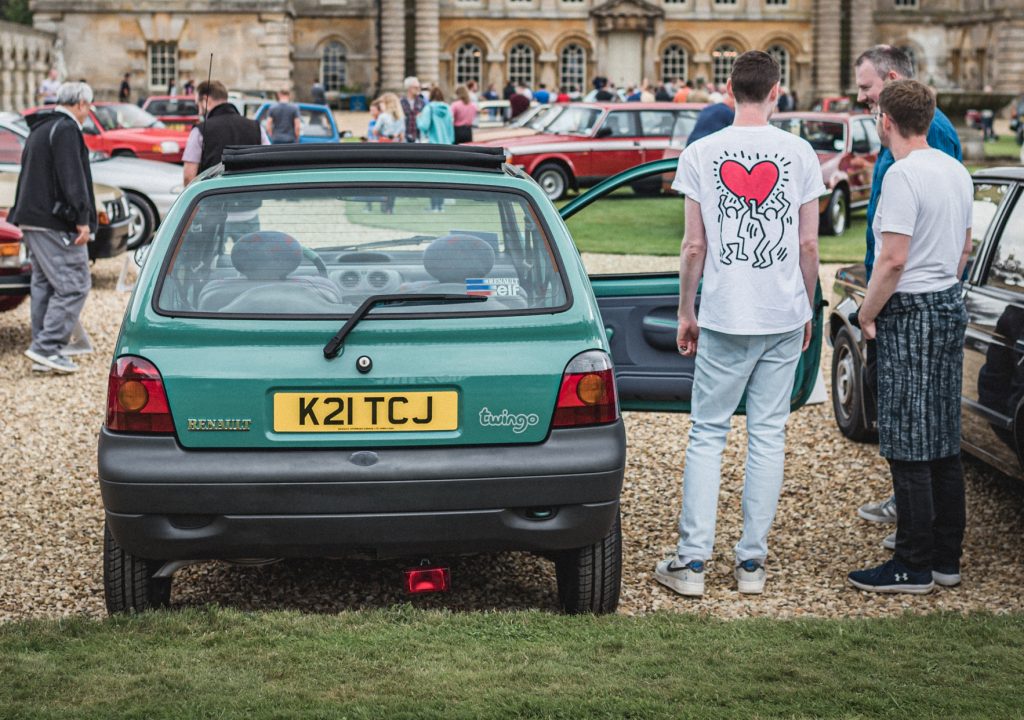
On a car made before 1973 it is easy – and legal – to have period-correct black and silver plates with the right font for the period. After this, all plates made had to be reflective and yellow at the rear, white on the front.
The earliest of these plates had 3D raised letters and numbers riveted to the metal backing. These gave way to pressed aluminium or Perspex plates we are used to these days, but there was a lot more leeway given to fonts, so long as they fitted into some basic standards of size.
Then in 2001 the big change came, and numberplates became standardised. With the change to the ‘51’ registration the characters became narrower, mainly to make room for an optional blue flash with an EU badge and to ensure numbers and letters could be read by automatic camera recognition systems. The suppliers had to ask you for proof of ownership too, in an attempt to crack down on vehicle cloning.
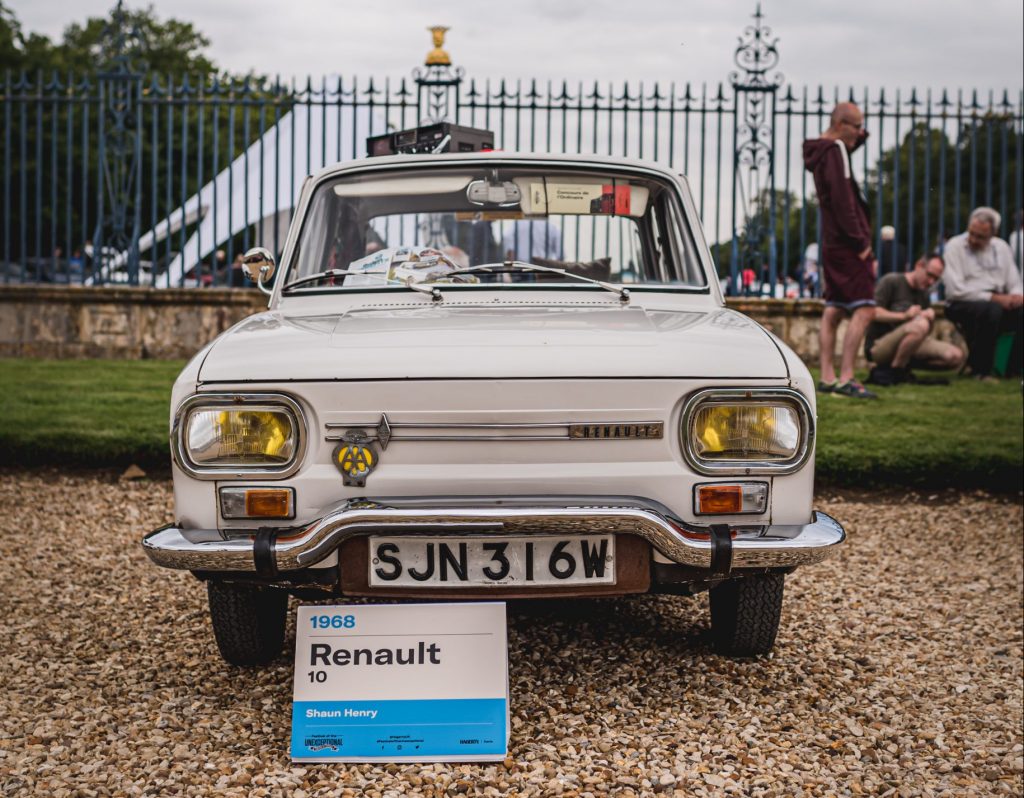
This is all part of history, but if you want to get new plates made for your post-1973 car, the only legal option is to have that later, narrower font. So, rather than run the risk of being pulled over or failing an MoT, most drivers will just take the easy option and screw on something which has been made at a car spares store a few minutes before. I guess if your car was stolen, you’d be very glad of the ability to have it recognised and tracked by cameras too.
But to me, the pieces of reflective plastic which have survived unscathed in the decades since they were attached at the dealer are special. A car which has its original plates, complete with the tiny little dealer logos, has led a charmed life. It’s been sheltered from the sun and rain and has never had accident damage which has been enough to crack the plastic. They are the sign of an original, loved car.
If you want to recreate this look – which is what anyone doing a restoration will surely want to do, then there are ways. Not all of which are entirely legal.
For my 1984 Land Rover, I chose the easiest option. This involves approaching one of the numerous plate makers you’ll find online and asking them to make you a ‘show plate’ using a pre-2001 font. After clicking various boxes to promise you won’t use them on the road (with your fingers crossed under the desk), they will send you a pair of plates in the post. The supplier I used even gives a choice of three official-looking pre-2001 fonts – for the record I chose the one which was closest to that used for Land Rover factory-registered cars.
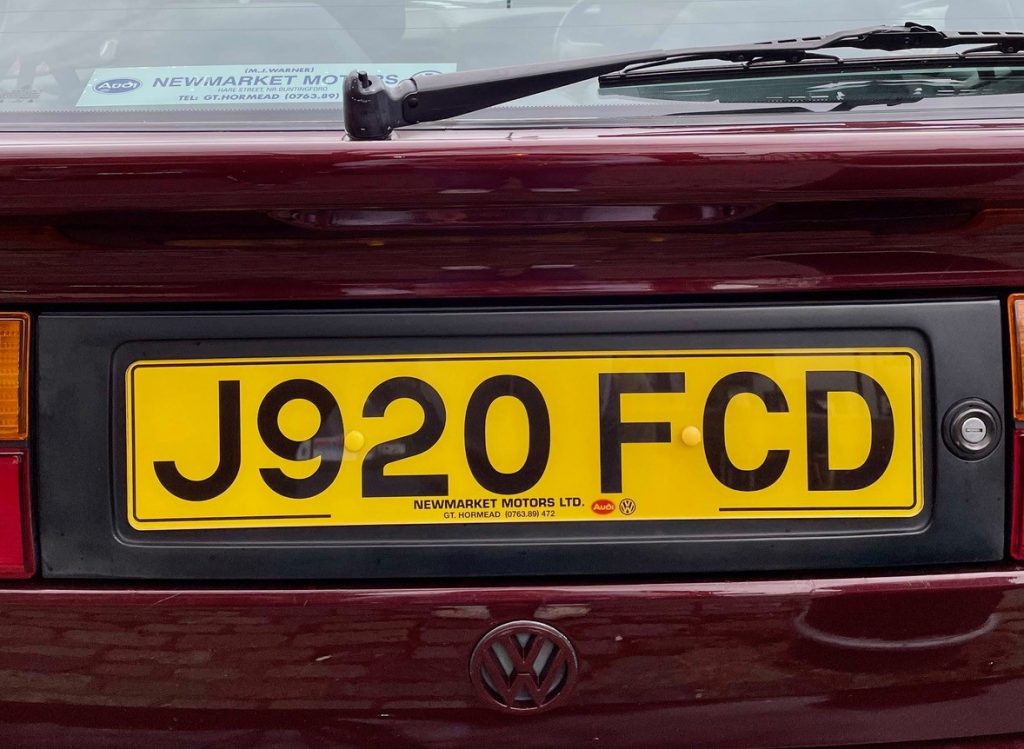
Rumours online suggest there are some suppliers who will even recreate the period-correct dealer logos if you ask nicely – although I have yet to find anyone who offers this service in the dark underworld of plate making.
I’ve persuaded some of the family into thinking like me too. My father’s 1928 Austin 7 had been wearing pressed-alloy black and silver plates for more than 40 years, but these too are not right for the year – so I pressured him into stumping up the best part of £100 for a pair of hand-painted black and white numbers, made lovingly in a shed by a proper, old fashioned sign writer with a brush and a pot of paint. They are a work of art, and worth every penny.
My wife thinks I’m silly and objects to me paying good money for a pair of plates which are technically illegal and certainly not essential. But luckily for me there are other enthusiasts who I can use as examples who make my quirks look entirely moderate and sane.
Search the internet and you’ll soon find furtive Facebook groups and forum listings full of discussions and pointers on how to find the right font and style for your year of car. The most popular topic seems to be the legendary and elusive SERCK style, which is a very 80s digital-look font. It was used extensively on big fleet commercial vehicles such as BT and British Gas vans, usually with a pressed alloy plate, which was presumably cheaper and more durable than plastic.
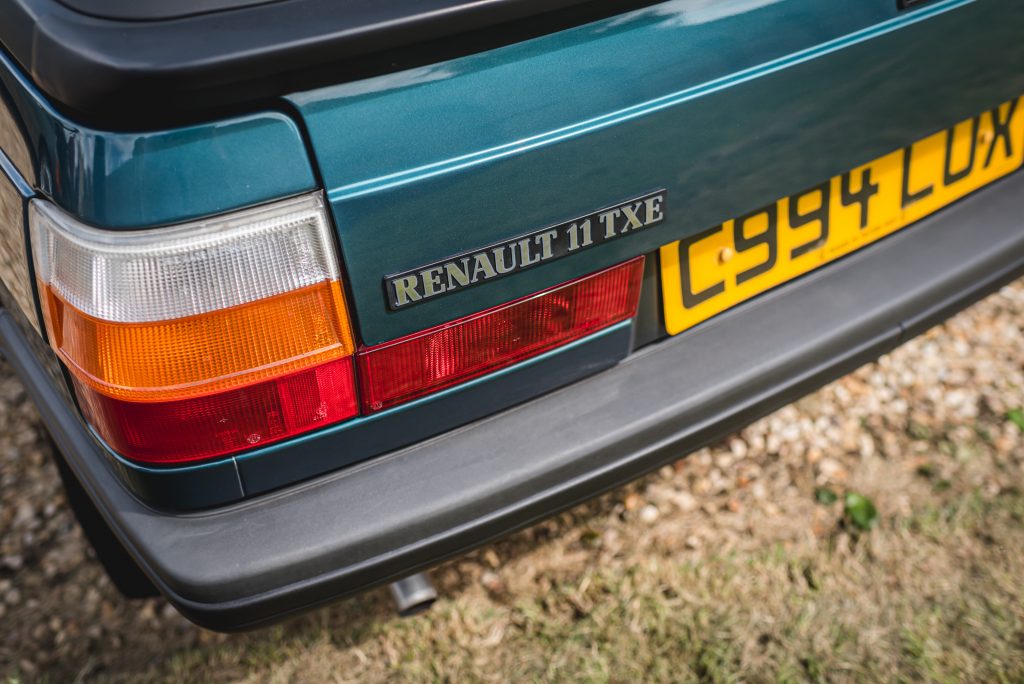
The stamping machines to make these embossed plates have long-since disappeared so they are impossible to recreate except in plastic. But again, there are companies who will do a pretty close replica. For plate geeks and SERCK fans, the last Hagerty Festival of the Unexceptional came up trumps with a perfect example, again on a green Renault – this time a 1986 11 in the concours area.
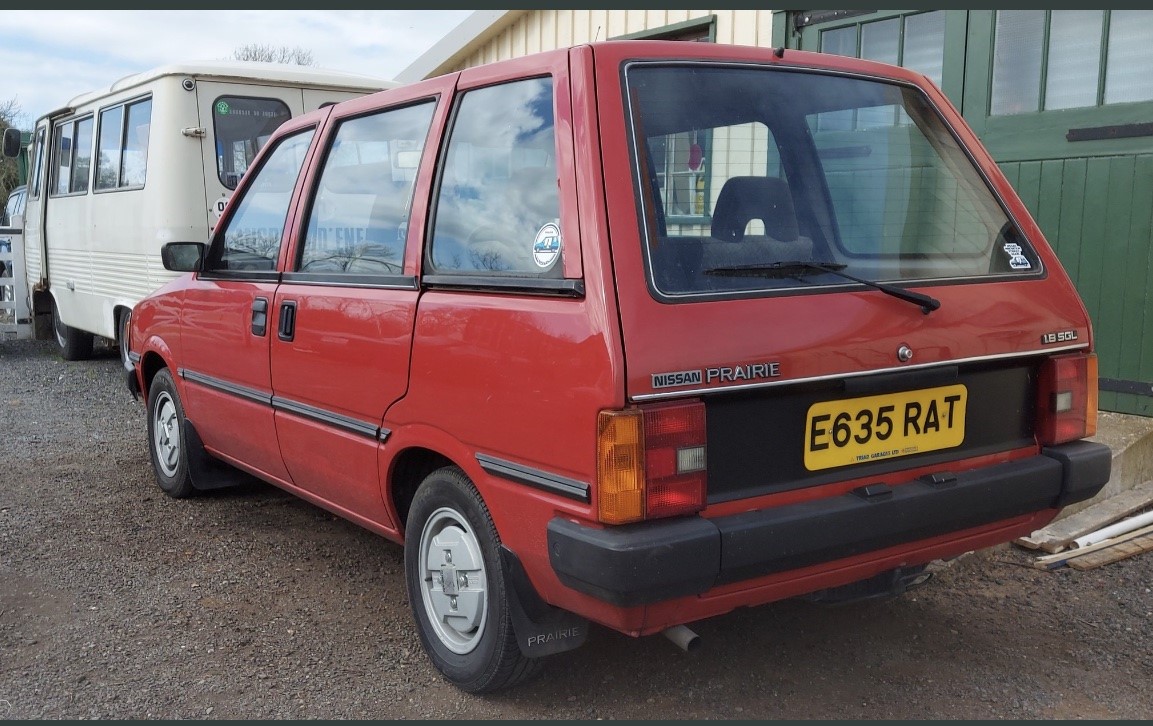
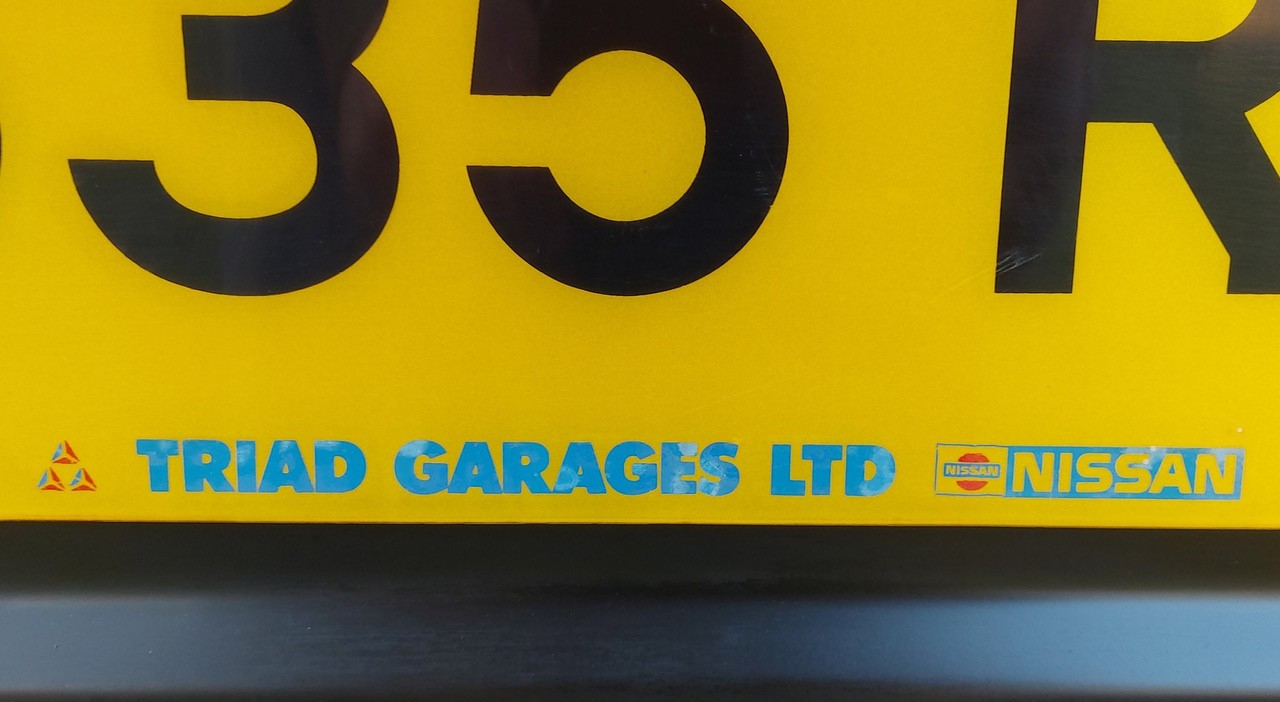
But the greatest plate obsessive I could find to defend my honour is Datsun enthusiast Ed Rattley. His extensive collection of Japanese cars includes some wearing their prized original dealer plates, but when his newest acquisition – a Nissan Prairie – came with some nasty modern plates he took an unusual step: “I had a 1988 Micra which I had to scrap as it was beyond saving. But it had the original dealer plates and it spelled RAT, so I thought it was worth putting the registration on a retention certificate.
“I’ve now been able to swap the registration onto the Prairie and just screw the Micra’s original plates on, making it look absolutely correct for the year.”
Would I have done the same? Absolutely. In fact I’m in awe of his dedication to the cause. All I need to find now is a 1984 Land Rover with its original dealer plates which is about to be scrapped. Anyone…?
Read more
Beware: Owning cars, and stuff, from the year you were born is catching
Opinion: I won’t rush to remove my classic car’s GB sticker
Reviewed & Rated: Car data checks put to the test

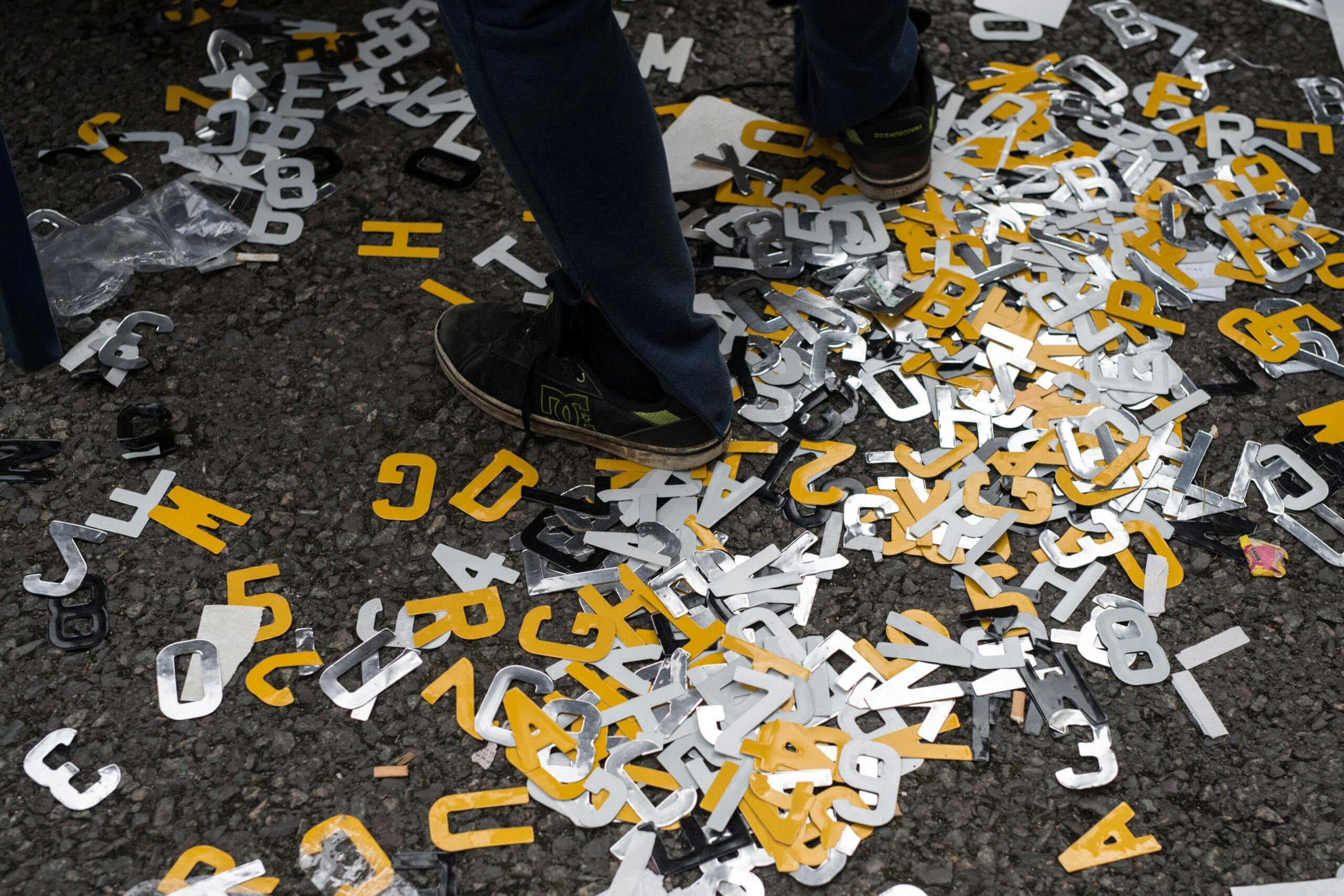








Any chance you could reveal the suppliers you’ve found to do these correct font plates? I need some for my T reg MGB
Brilliant article Tom. It’s good to know there are fastidious car lovers out there who love the number plate history. I’ve also not liked it when screw heads are not covered and when they are then say a yellow one is used when most of that screw head is on a black letter if you get my drift. Then again, sticky pads…….
Great read Tom! Thank you.
In Australia there is a minor trend to “original” plates but a major trend to old, numeral only plates. The lower the number the more valuable (?) the plate. The values also vary from state to state with NSW the most expensive. Think of several hundred thousands of dollars for three digits and Millions for one and two digits. Motorcycle plates are cheaper, but smaller in size and market.
My number plate ‘ problem ‘ is that I cringe whenever I see a restored 1960’s scooter, —wether it be a Vespa or Lambretta, —-with new plates but with the wrong font and size of the numbers and letters. To me this ruins the restoration. All my scooters have the correct plates fitted.
I have a 1990 UK MX-5 still with the original front registration flexibly stuck on the car. The plinth to attach Perspex plates has never been attached to the front of the car. In my opinion it looks so much better but I don’t think it would not be legal on a new car now.
It’s black plates on anything after about 1968 that gets me. Look at period film and photos, after 1967 just about everything had reflective plates and many existing cars were updated with them. The black plates many now fit just look wrong.
Very interesting article. It’s not just me! Luckily my lambrettas are barn finds and came with original stamped plates including on the front. Silver on black. I’m loath to swop them to another vehicle as having the original plate ties all the history to the vehicle. Just a note for porsche owners 991 CAR is staying on my 1958 LD. Going the extra mile on plate snobbery my 1936 Austin 20 (Gordon Imperial) bares one piece, cast aluminium, silver on black plates at about 5/16 inch thick. 8mm for new plate fitters.
I was able to find anothef car from the same dealership that sold my carso i was able to replicate both the registration lettering and the ‘motortune’ dealerscript at the bottom of the plate.
I get annoyed at dumbass English written by those who ought to know better. “almost as much OF a draw as the car itself….”
Great article.
I was lucky to acquire a Late Jensen Interceptor that although not the last to leave the factory, is the last RHD chassis number laid down after it closed in 1975.
Recently refurbished body, came with the original white and yellow plates, from Jensen, and in good condition too. Many are now with black and white pressed alloy, but this one will be done exactly as it lest the factory in 1975.
Keep up the good work, and if you want the plates as a study for future work, let me know.
S
You can have period correct plates made legally for pre-2001 cars. I have some really nice ones on my 1981 Land Rover made by Tippers Plates. No law-breaking involved, you just have to go to a specialist.
“On a car made before 1973 it is easy – and legal – to have period-correct black and silver plates with the right font for the period. After this, all plates made had to be reflective and yellow at the rear, white on the front.”
Here’s some more detail on pre 1973 plates than described!
Pre 1963: Digits 3 1/2 in tall
Pressed aluminium standard, or raised digits usually triangular in section, or silver polished aluminium, white painted aluminium or moulded plastic.
1963-65 digits 3 1/8 in tall for 7 digit numbers, raised digit section flattened, silver or white, aluminium or painted plastic.
Post 1965 digits 3 1/8 in tall
1968 onwards reflective permissable, compulsory from 1973 (rolling forward with 40 yr rule for tax, see https://fbhvc.co.uk/news/article/changes-to-black-silver-number-plates-from-01012021)
Post 2001, narrow font.
Try: https://www.framptonsplates.com/ who advised on correct spec and supplied pressed aluminium plates with 3 1/2 in digits for my 1960 reg MGA, previously fitted with incorrect narrower plates with 3 1/8 in digits. Of course, they were then a b….r to fit on the existing mounting brackets!
I hate seeing new or expensive cars with the number plates off centre or not level!
My 1958 Wolseley Six-Ninety still carries its own original ‘Ace’ plates, black with silver raised peak digits of course. The car was bought by my father in 1960, reflective plates were fitted in the 70’s, but I refitted the restored originals in the 80’s complete with their oval ‘Ace’ logo.
Great info on license plates which helps us all keep our prized classics looking correct for the year of manufacture. Please note on the Renault 10 pictured in your article it has it listed on the show board as a 1968. The suffix-registration on the car is a W which denotes year of manufacture is 1980-1981. A car built in 1968 should sport an F or G plate, right? Am I getting it wrong? Thanks, Guy
Lovely article. Any ideas where I can find stick on silver letters and numbers for my 1963 MGB please?
My Porsche 944 has an original dealer plate on the rear but not the front. I photographed the dealer logo, a colleague cleaned up the image and I printed it onto clear decal sheet. From there it was a question of trimming the image and transferring it to the front plate. Now I have matching front and rear dealer plates.
Just written a new JAMES BOND featuring Samantha Shye. Now own the plate:
S 5HYE. How trick is that only cost 250 from DVLA. Though I did track if for three years before I bought it .